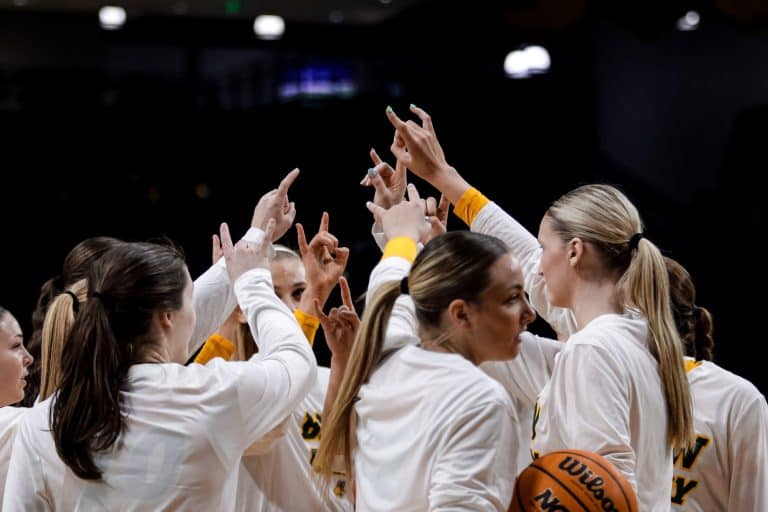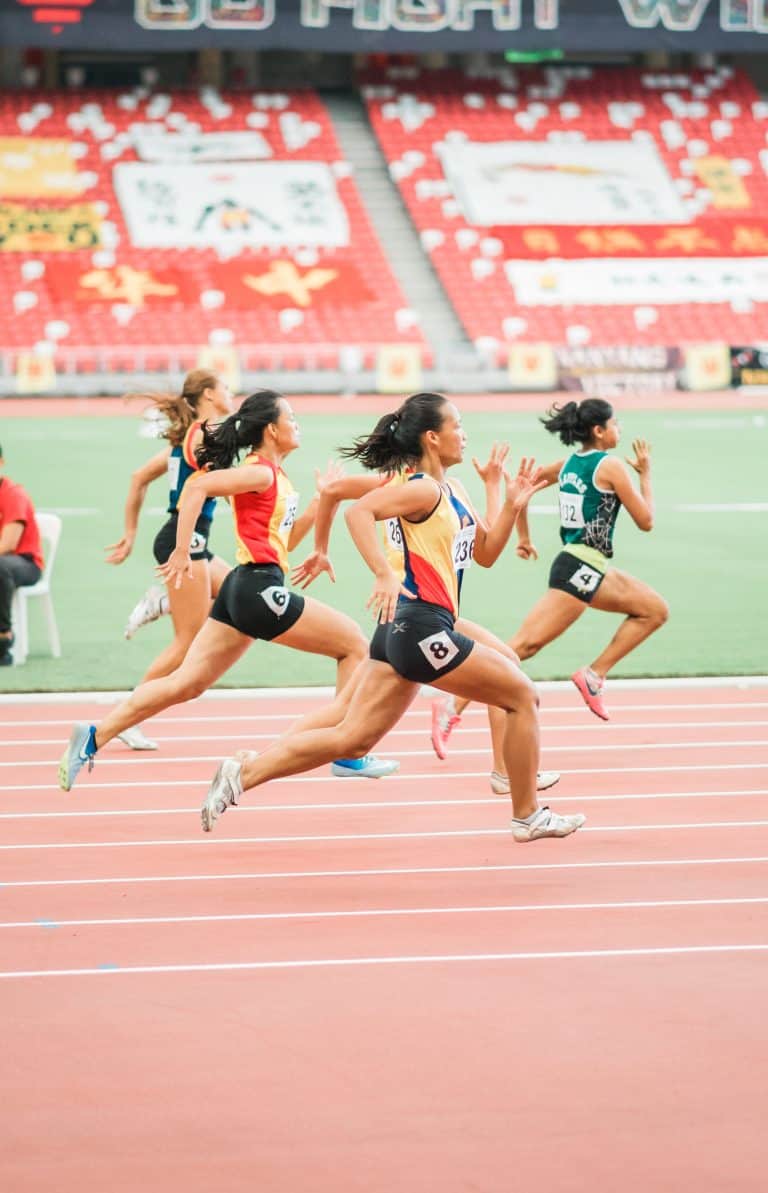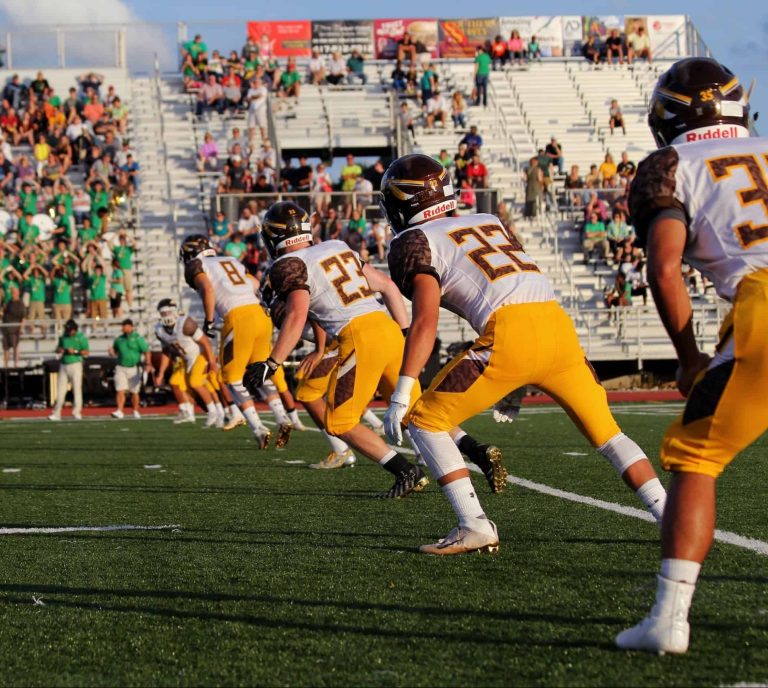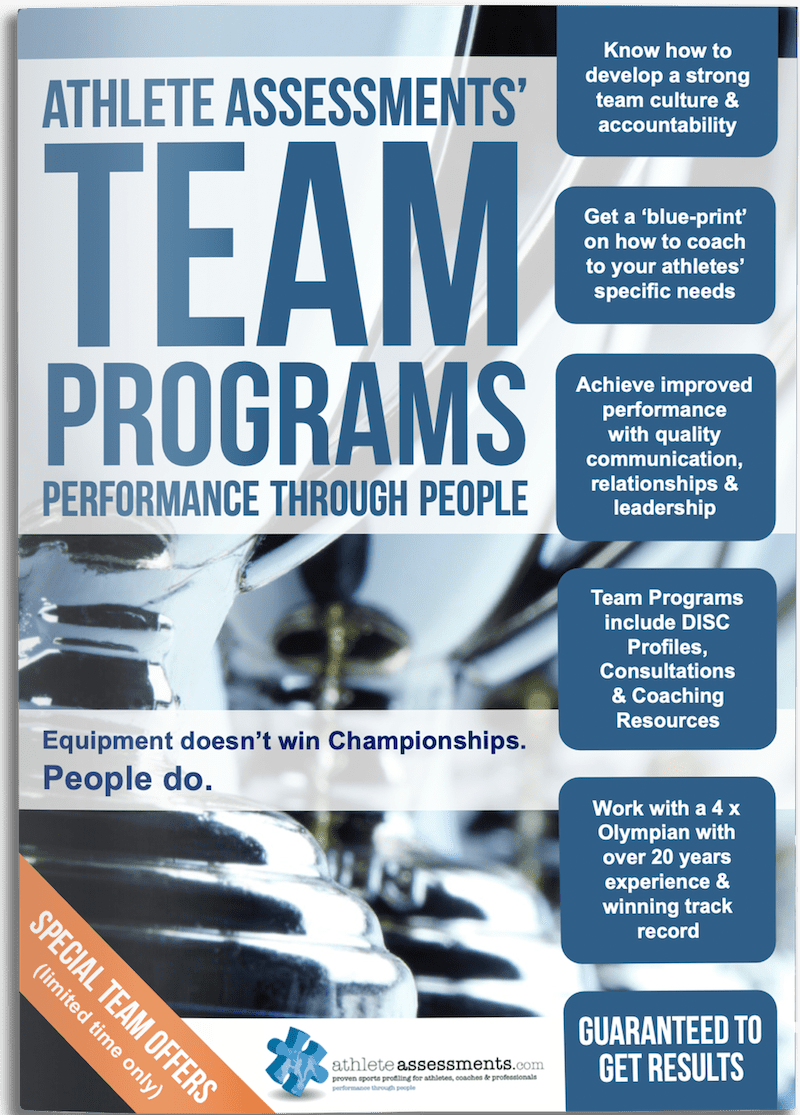Recent research in the business sector has challenged common misconceptions about burnout, revealing it as a complex phenomenon rather than a simple cause-and-effect issue. Leadership researcher Nick Petrie’s is an expert on burnout, and his findings underscore that burnout often results from a combination of factors, which he terms “burnout combos,” occurring over extended periods.
Burnout is a significant issue across various fields, including high-performance sports, and these insights are crucial for understanding burnout’s impact on athletes, teams, and coaches alike.
Understanding Burnout
Burnout is characterized by chronic physical and emotional exhaustion, cynicism, and a sense of reduced accomplishment. It results from prolonged exposure to stress and can affect both the mental and physical well-being of athletes.
Although the specifics of each case vary, a consistent pattern emerges: individual factors rarely cause burnout on their own, but clusters of stressors, typically three, occurring concurrently, significantly increase the likelihood. Petrie identifies several common combinations:
- High workload coupled with the belief of enduring hardship and an inability to switch off.
- High anxiety about work, perfectionism, and an unsupportive managerial environment.
- Lack of clear boundaries, a constant drive to give 100%, and inadequate resources.
Petrie also identifies the three stages of burnout, and emphasized the importance of being able to recognize them for effective intervention.
- Stage 1 – Early Signs: Increased stress levels and reduced motivation. Interventions focus on rest, recovery, and establishing healthy boundaries.
- Stage 2 – Chronic Stress: Further decline in motivation and effectiveness. Requires adjustments in workload and mindset, reinforcing team values and self-care practices.
- Stage 3 – Full Burnout: Complete physical and emotional exhaustion. Demands significant life changes, professional support, and a commitment to long-term well-being.
Implications for Sports
Key factors contributing to burnout in sports include:
- Overtraining and Physical Exhaustion: Intense training schedules without adequate rest can lead to physical burnout.
- Mental and Emotional Stress: Constant pressure to perform, fear of failure, and lack of personal time contribute to emotional and mental fatigue.
- Lack of Control and Support: Athletes who feel they have no control over their training or lack support from their organization are more prone to burnout.
Bo Hanson, Founder & Lead Performance Consultant at Athlete Assessments, underscores the relevance of these findings in sports. He explains, “In sport, as in any field, understanding these multifaceted triggers of burnout is essential. It allows us to tailor our approach to support athletes effectively and prevent burnout before it takes hold.”
- High Workload and Insufficient Resources: Addressing the demands placed on coaches and ensuring adequate support from assistant coaches and the availability of supporting resources from their organization or governing body.
- Culture of Fear vs. Safety: Creating an environment where athletes feel secure and valued, thus enhancing performance and well-being.
- Discrepancies Between Policies and Practices: Ensuring that organizational policies align with actions to promote both physical and psychological safety.
- Valuing People: Recognizing athletes as ‘people of value’ rather than expendable resources or simply, assets of the organization.
- Systems of Measurement: Avoiding over-reliance on simplified or standardized data, metrics and KPIs, focusing instead on holistic performance indicators agreed collaboratively with all team members.
- Lack of Support from Leadership: Empowering coaches with the tools and understanding needed to support athletes effectively.
- Stigma Around Burnout: Encouraging open dialogue about mental health to combat stigma and improve overall performance.
The Role of Coaches in Burnout Prevention
Coaches have a pivotal role in preventing burnout by creating a supportive and balanced environment for their athletes. Here are some strategies coaches can adopt:
- Individualized Coaching: Understanding that each athlete is unique and may respond differently to stress and training is vital. Tailoring training programs to meet individual needs can prevent overtraining and mental fatigue.
- Open Communication: Encouraging athletes to voice their concerns and feelings can help identify early signs of burnout. Coaches should foster an environment where athletes feel comfortable discussing their struggles without fear of judgment.
- Recognizing and Addressing Burnout Symptoms: Coaches need to be trained to recognize the signs of burnout, such as changes in performance, attitude, and physical health. Early intervention can prevent more severe burnout.
Using DISC Profiling to Prevent and Identify Burnout
Athlete Assessments DISC Profiles provide coaches and athletes with the opportunity to deepen their understanding of their natural behavioral preferences and ultimately awareness of themselves and others, which can aid in mitigating burnout risks. These DISC Profiles reveal how different behavioral styles respond to stress and pressure, which can support coaches in creating supportive environments for their athletes, and identifying potential risks early.
DISC Profiles categorize individuals into four primary behavioral styles: Dominance, Influence, Steadiness, and Conscientious. Each style has distinct characteristics and responses to stress and motivation:
- Dominance (D): Athletes with this profile are goal and results--orientated and thrive on competition. They may need clear goals and direct feedback but also require recognition of their need for control and autonomy to prevent burnout.
- Influence (I): These athletes are enthusiastic and thrive on social interactions. Coaches should focus on providing positive reinforcement and opportunities for team engagement while ensuring they do not overcommit socially, leading to exhaustion.
- Steadiness (S): These athletes value stability and support. They benefit from consistent routines and a supportive environment. Coaches should be patient and provide reassurance to help them manage stress.
- Conscientious (C): Detail--orientated and analytical, these athletes appreciate structured training and clear expectations. Coaches should provide detailed feedback and allow them to have a role in planning their training to prevent feeling overwhelmed.
By understanding these profiles, coaches can create tailored support strategies that address the specific needs of their athletes, promoting a healthier, more sustainable approach to high-performance sport.
Preventing burnout in high-performance sports requires a multifaceted approach that includes balanced training, mental resilience, a supportive environment, and individualized coaching strategies. Coaches play a critical role in this process, and tools like Athlete Assessments’ DISC Profiles can further enhance their ability to support their athletes effectively. By prioritizing the well-being of athletes, coaches can help them achieve sustained high-performance without compromising their health and passion for the sport.
Where to from here?
If you are a coach or development professional looking for ways to better understand and support your athletes, we encourage you to learn more about Athlete Assessments’ suite of DISC Profiling tools. Find out how others are using the tools to underpin their development initiatives, whether individually, as a team, or as an organization, just reach out to us to learn more!
Recommended Articles
North Dakota State University Women’s Basketball Assistant Coach, Michaela Everett on managing change and challenges, while living the team’s values and upholding your culture.
The role of pressure in training and how creating it through the lens of athlete-centered coaching leads to increased performance.
Jeff Troesch, Mental Performance Coach, on how getting the best out of any athlete or coach starts with looking at the uniqueness of how to be effective in sport, and even at the highest level it’s important to open your mind to other ways of doing things.









